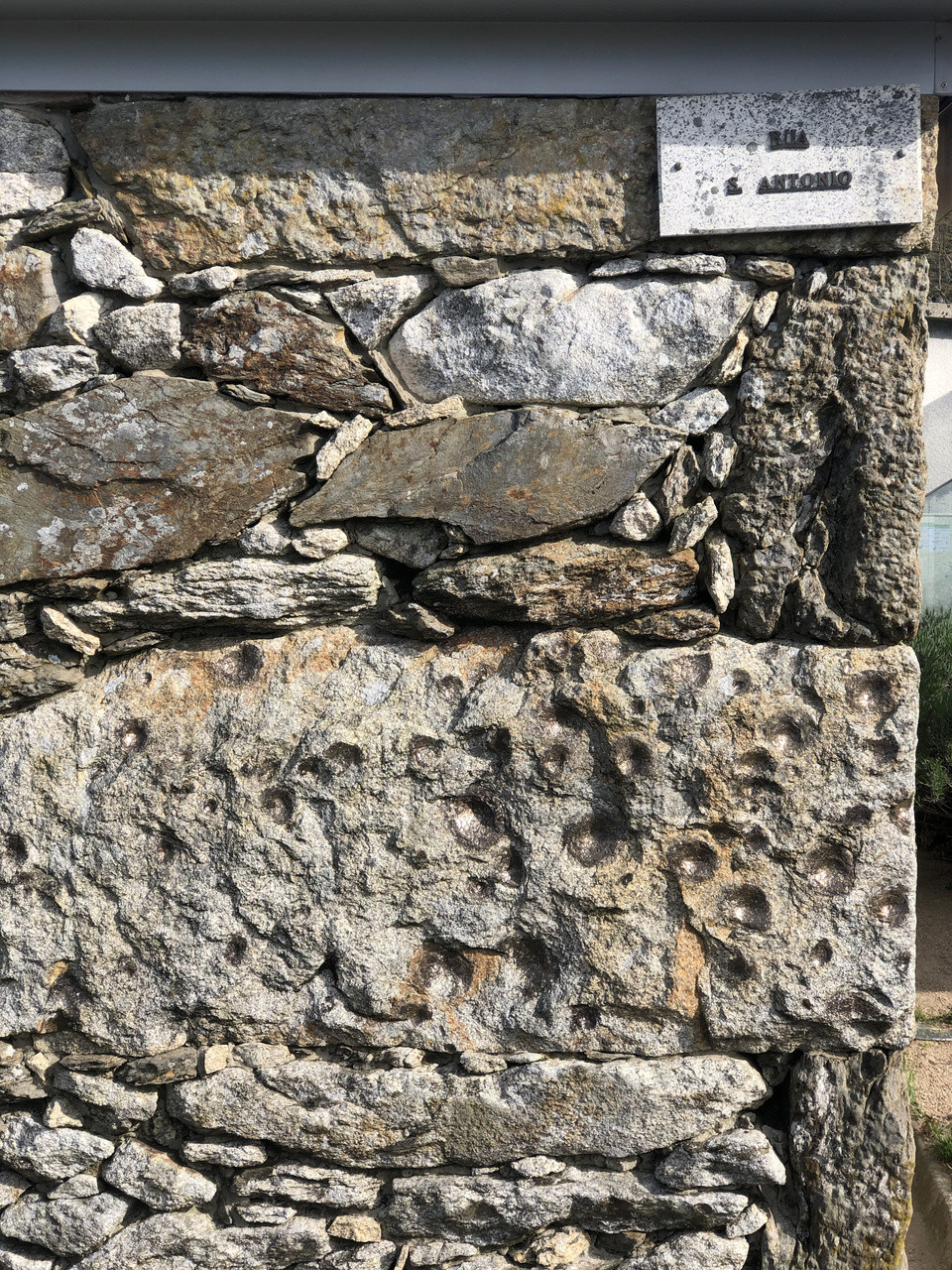
# 0043
Pedras Parideiras
Material, Item individual, Raro, Recolhido, Cerâmicas, Vidros,
Dados Sócio-culturias
Usos Históricos
Due to the fact that this non-living being has the characteristic of "reproduction" it was believed that placing a Pedra Parideira under the pillow would increase fertility.
Impacto Histórico
The first time the Pedras Parideiras were mentioned was in the year 1751 by priest Luiz Cardoso. However, at the time, as no one understood the phenomenon, it was not given the proper importance. Only with the passing of time did they begin to have curiosity about the theme and it was then that the belief of placing the stone under a pillow appeared.
Uso Histórico · Imagem / Vídeo / Áudio (.jpg, .png, .mp4, .mp3 até 30MB)
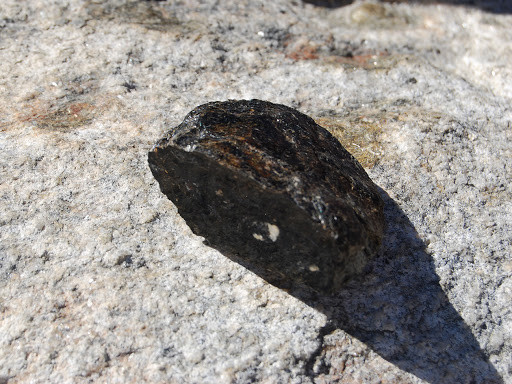
Usos Presentes
Today, the Pedras Parideiras are a World Heritage and therefore cannot be used for any purpose, in order to be preserved as much as possible.
Impacto Presente
Being a natural phenomenon unique in the world, the Pedras Parideiras have a huge importance not only for the local inhabitants, but also for the interested people who visit them. Therefore, being an unrepeatable phenomenon, it is up to us to preserve it.
Uso Presente · Imagem / Vídeo / Áudio (.jpg, .png, .mp4, .mp3 até 30MB)
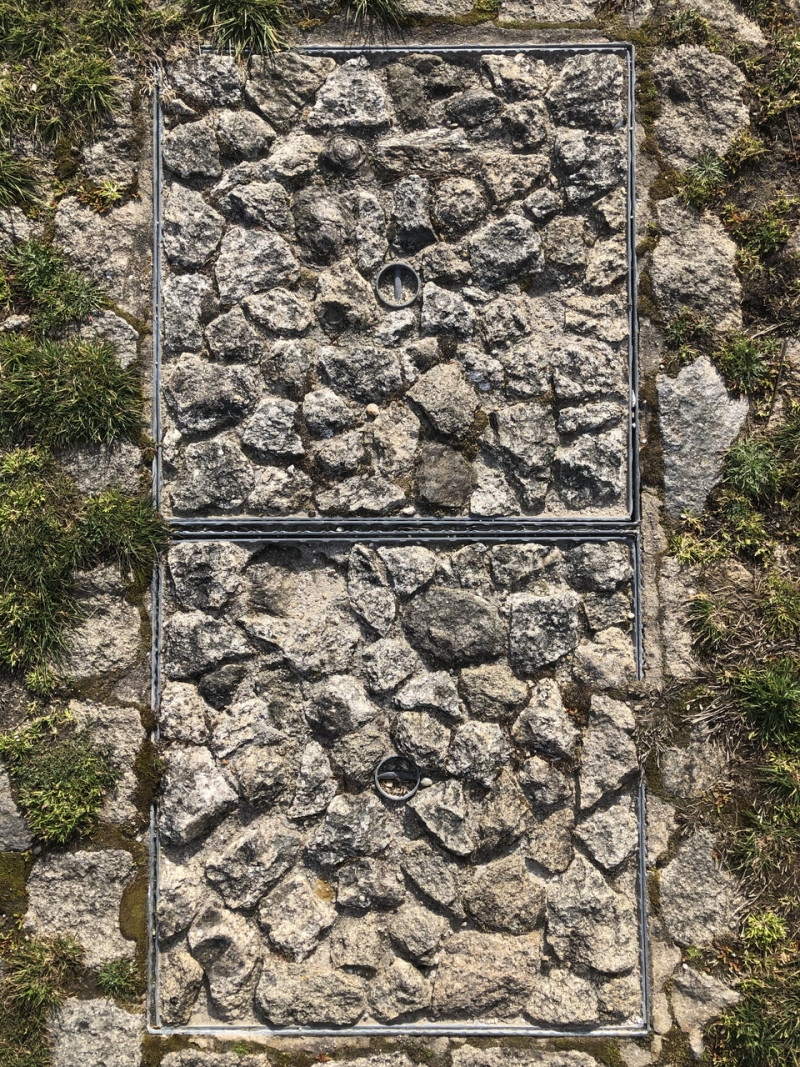
Usos no local
Granite, being such a recurrent stone, was used in the construction of the houses and, for this reason, it is possible to see large amounts of Pedras Parideiras on the facades.
Outros Factos Fascinantes
The Pedras Parideiras are a granite that has a set of flattened nodules, horizontally, throughout its matrix. The nodules can vary in size from 1cm to 12 cm. Each nodule, on the outside, contains the mineral biotite, which is the black mica, then a layer of miscovite, white mica, feldspar and the quartz core. With this information about the inner composition it is possible to understand the formation process of this rock about 320 million years ago.
Usos no local · Imagem / Vídeo / Áudio (.jpg, .png, .mp4, .mp3 até 30MB)
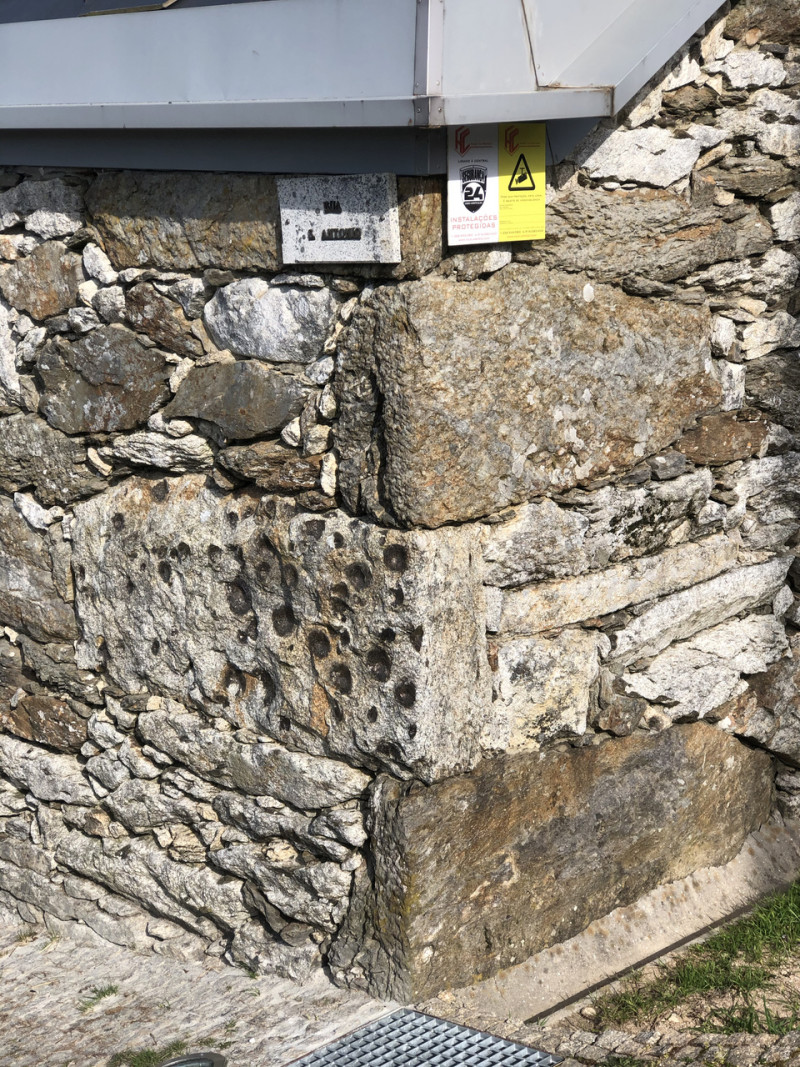
Dados Técnicos
Classe de Material
Cerâmicas, Vidros
Dados Geográficos Bio-temporais
Local de Origem · Imagem / Vídeo / Áudio (.jpg, .png, .mp4, .mp3 até 30MB)
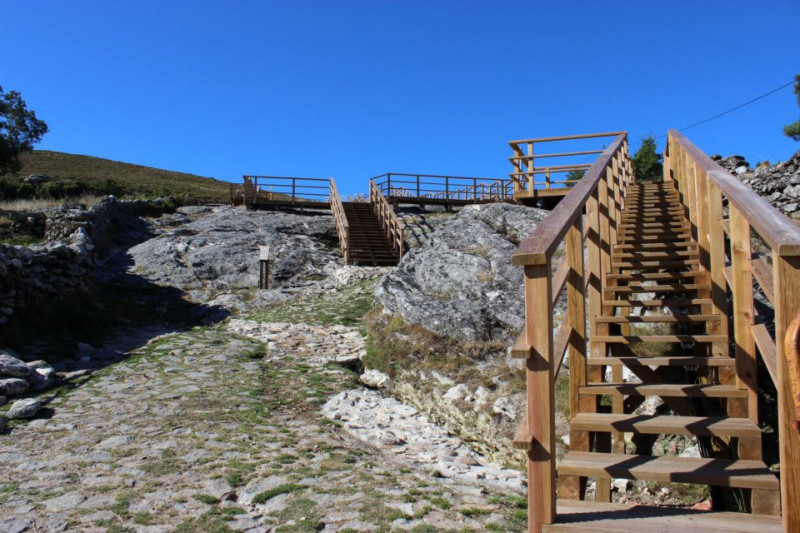
Como é que o item afeta o ambiente no qual existe?
Não sei
Dados Ontológicos-cosmológicos
Como é que gostaria de estar com este artefacto/material/ser vivo/matéria?
There is one unquestionable fact: from the black concavity from which one lump has already detached will never detach another. And so the attention and care given to the Pedras Parideiras should increase, in order to better understand this emergence in this small area, hence my curiosity about the phenomenon.
Como é que transformar este artefacto/material/ser vivo/matéria? o/a transforma a si?
In this case, it is already possible to better understand how the stones detach from the mother stones, or through rainwater that penetrates between the crystals and freezes as the outside temperature drops, increasing in volume, working as a lever that helps to detach the nodule from the granite, or through heat, that focuses on the nodules, darker than the mother stone, due to the biotite cover, which makes a big difference at the level of radiant energy absorption, on hot and very sunny days, in the Serra da Feita. Therefore, as the nodule will absorb a much greater amount of radiant energy than its surroundings, it will dilate slightly during the day, and the opposite at night, contracting with the absence of the sun. These movements cause the stone to move, leading to its release.
O que é que o ser humano pode devolver a este artefacto/material/ser vivo/matéria?
The fact that this is a phenomenon unique in the entire world, and that it covers an area of only 1km2, makes these Pedras Parideiras even more special, awakening a desire for preservation, so that future generations will be able to appreciate this natural beauty.